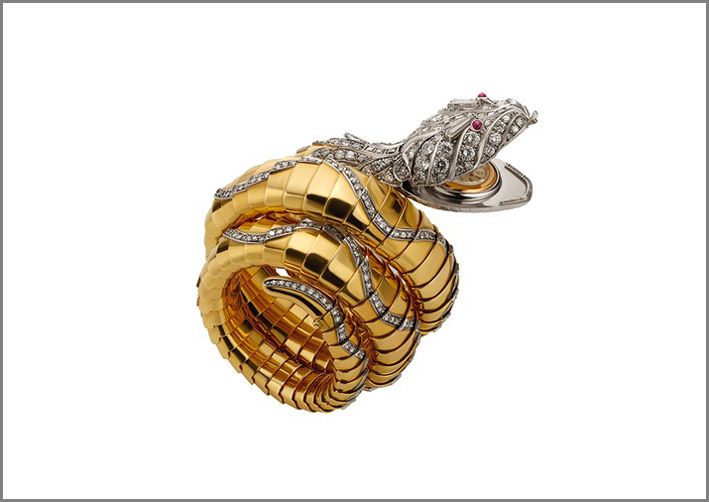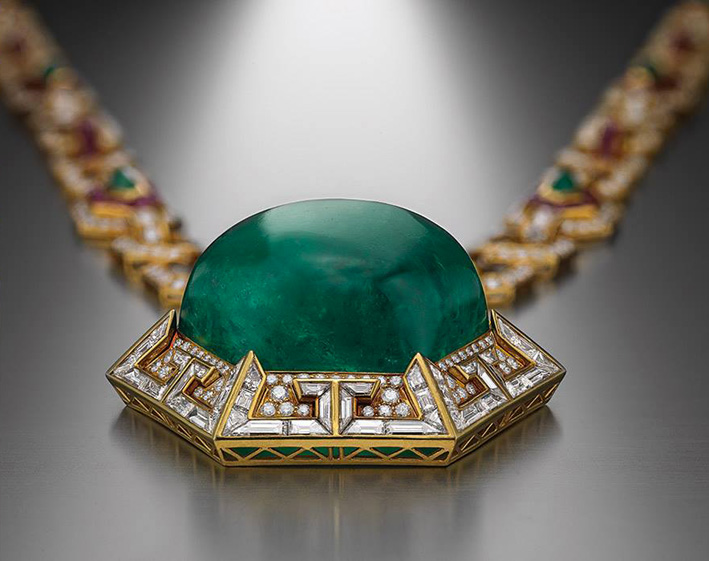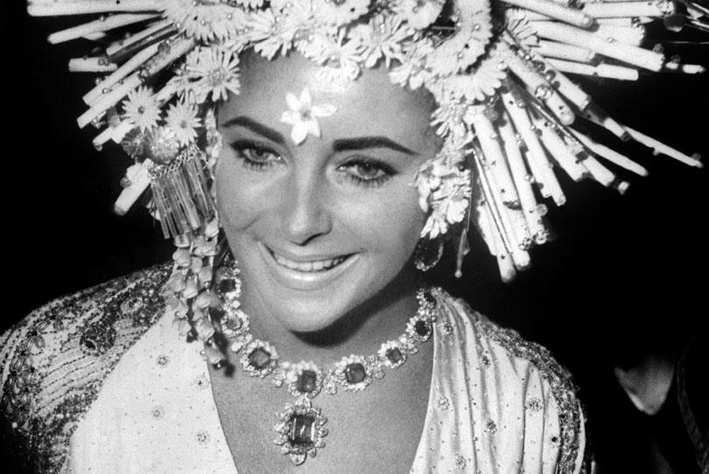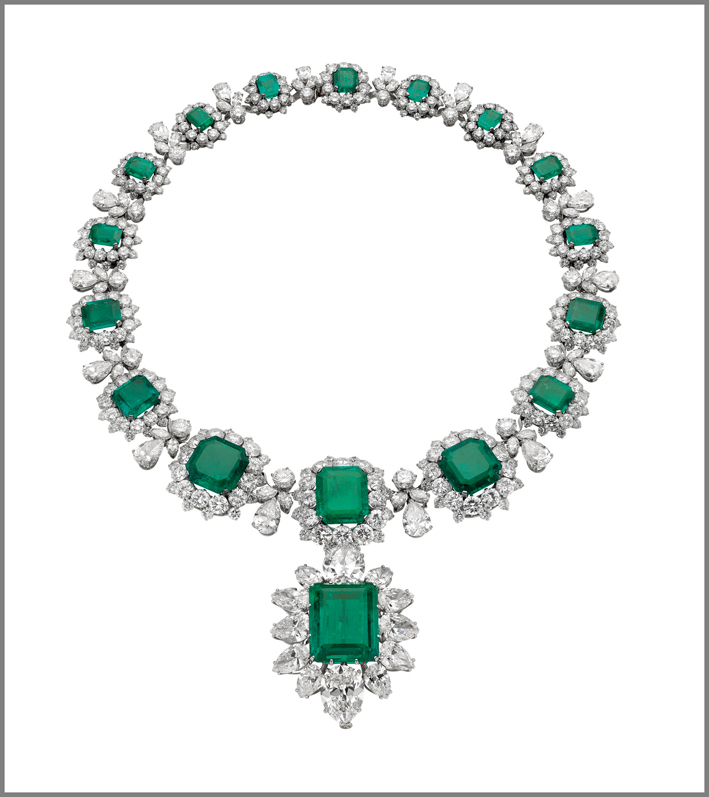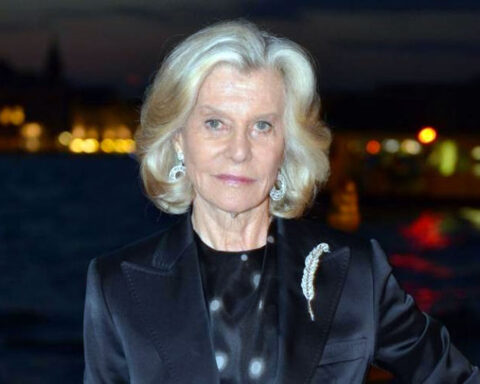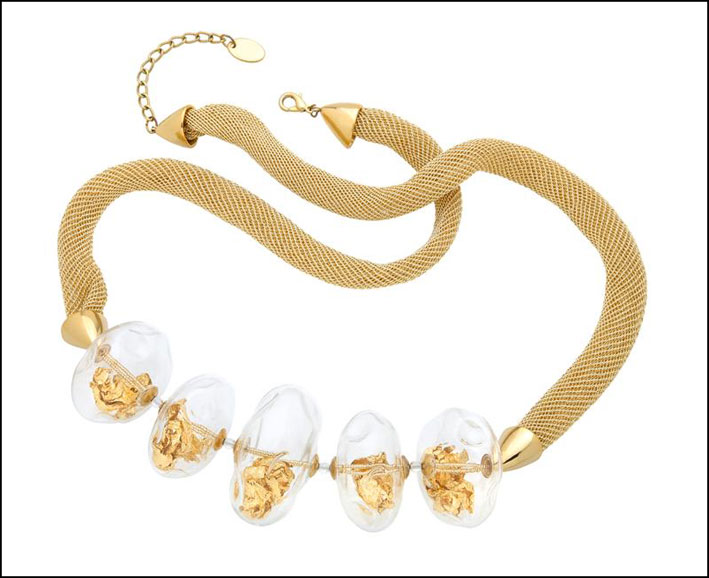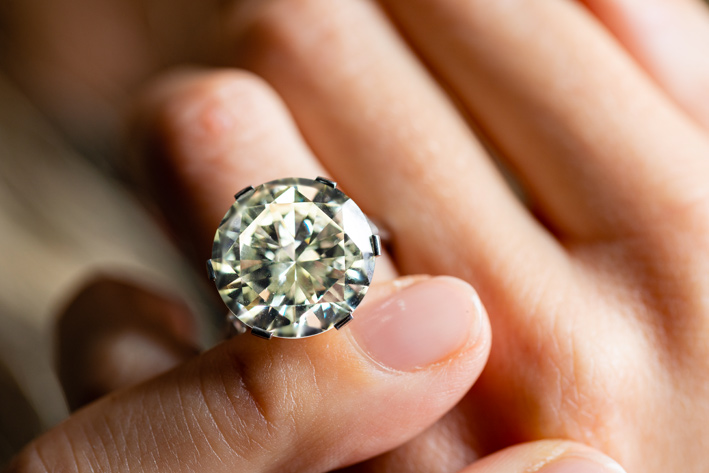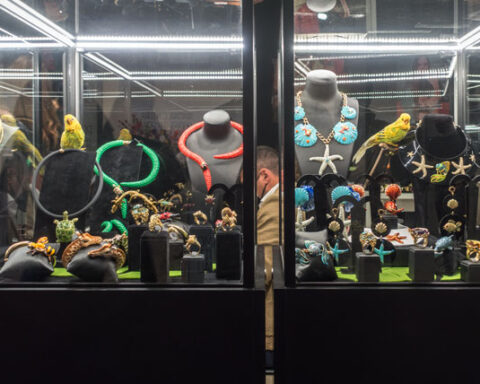Bulgari’s historical jewels in a major exhibition organized in the heart of the Kremlin ♦ ︎
The jewels return to the Kremlin. But they are not those of the tsars. For the first time in Russia, the Moscow Museums host a retrospective exhibition featuring Bulgari’s high-end works. The exhibition was curated by Lucia Boscaini, Brand and Heritage Curator of the Maison.
On show (7 September 2018-13 January 2019) there are over 400 unique high-end pieces from the Bulgari Heritage Collection, as well as those from private collections all over the world.
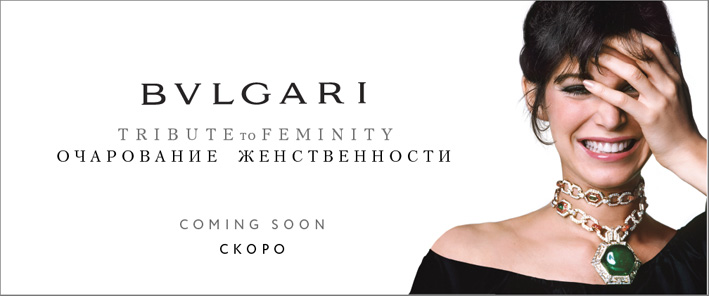
Curiously, one of the main themes of the exhibition is the reflection of the ideas of femininity in the works of Bulgari. Perhaps the women who wore Bulgari are more aware of their gender? Who knows. The theme, the organizers explain, is explored through the collection created by the jewelry house in several decades of the last century, when the destruction of stereotypes about the traditional role of women in society was reflected in jewelry and other arts.
With roots in the nineteenth century, when it was founded by Sotirio Bulgari, since 1920 the Roman maison has created exclusive jewels and watches in the art deco style and started using large round diamonds. In the following decades, the style of jewelry changed with the lifestyle of women. But it is in the fifties and sixties that the great jewels of Bulgari have become an international myth, thanks to the use of large colored stones.
The brand’s history is closely linked to legendary women like Anna Magnani, Elizabeth Taylor, Audrey Hepburn, Ingrid Bergman, Gina Lollobrigida, Monica Vitti and Sophia Loren.
But the myth is also to collections of wristwatches such as those of the Serpenti line, developed by Bulgari since the mid-forties. to the tubogas technique embellished with enamels, stones, opaque and polished gold, using Greek coins, Roman coins and shutters of colossal historical value. the exhibited pieces range from the late nineteenth century until the nineties. Federico Graglia

